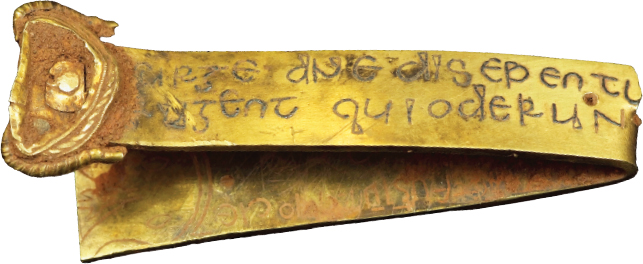How did the church convert barbarian peoples to Christianity?

TTHE MEDITERRANEAN SERVED as the highway over which Christianity spread to the cities of the Roman Empire. Christian teachings were initially carried by all types of converts, but they were often spread into the countryside and into areas beyond the borders of the empire by those who had dedicated their lives to the church. Such missionaries were often sent by popes specifically to convert certain groups.
Throughout barbarian Europe, religion was not a private or individual matter; it was a social affair, and the religion of the chieftain or king determined the religion of the people. Thus, missionaries concentrated their initial efforts not on ordinary people but on kings or tribal chieftains and the members of their families, who then ordered their subjects to convert. Germanic kings sometimes accepted Christianity because they came to believe that the Christian God was more powerful than pagan gods and that the Christian God would deliver victory in battle. They also appreciated that Christianity taught obedience to kingly as well as divine authority. Christian missionaries were generally literate, and they taught reading and writing to young men who became priests or officials in the royal household, a service that kings appreciated.